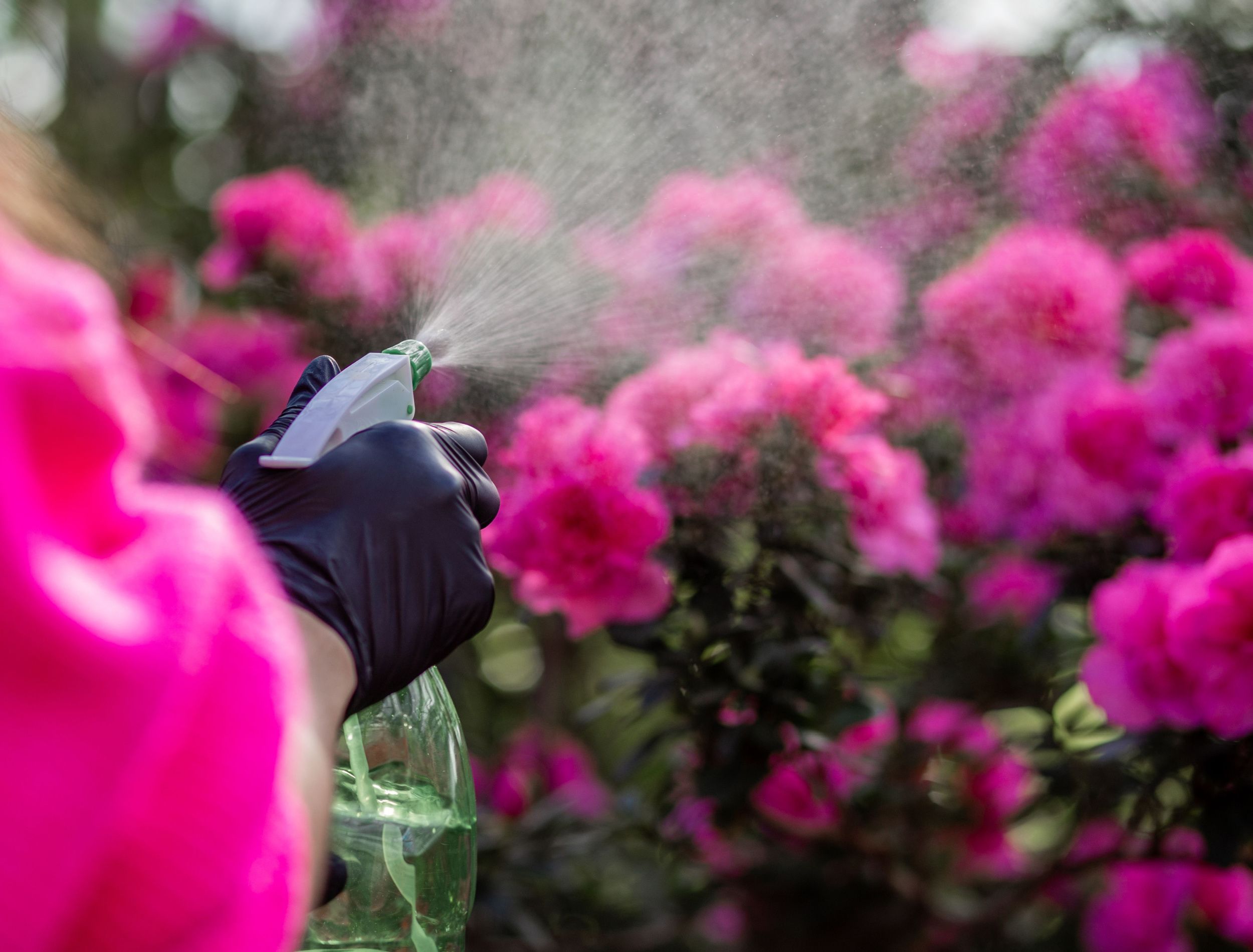Find Out About the Certain Plants That Are Detrimentally Affected by Epsom Salt Application
Epsom salt, a prominent house remedy for different gardening troubles, is usually praised for its helpful results on plant growth. However, not all plants respond favorably to its application. Comprehending the particular plants that can be negatively influenced by Epsom salt is crucial for any type of gardener looking to optimize their plant care routine. Roses, tomatoes, peppers, rhododendrons, and azaleas are just a couple of instances of plants that might not respond well to Epsom salt. The reasons behind these unfavorable effects and how to reduce them are necessary expertise for preserving a flourishing garden.
Roses

Roses, particularly conscious changes in their setting, can be negatively impacted by the application of Epsom salt. While Epsom salt is commonly used as a plant food to advertise plant growth and boost flowering, roses are among the plants that do not respond well to its application. The high magnesium web content in Epsom salt can interfere with the uptake of other crucial nutrients by the rose plants, resulting in deficiencies that manifest as yellowing fallen leaves or stunted growth.

Tomatoes
While Epsom salt is commonly proclaimed as a treatment for various plant problems, including blossom end rot in tomatoes, its application can lead to detrimental end results if not made use of deliberately. Extreme Epsom salt, which is magnesium sulfate, can disrupt the delicate nutrient equilibrium needed by tomatoes, potentially leading to deficiencies in other important nutrients like calcium. When considering the use of Epsom salt on tomatoes, it is essential to stick to advised application prices and soil screening to prevent unintended consequences on the general health and efficiency of these precious yard plants.
Peppers
Peppers, respected for their numerous colors and degrees of spiciness, can show vulnerability to adverse impacts from Epsom salt when not used with care and factor to consider for their certain nutritional demands. what plants don't like epsom salt. Peppers, coming from the Solanaceae household, require a fragile balance of nutrients to prosper. While Epsom salt is known to increase magnesium degrees in plants, extreme application can interrupt this balance, leading to adverse effects on pepper plants
When peppers are revealed to high levels of magnesium from Epsom salt, it can conflict with the plant's capacity to soak up various other essential nutrients like calcium and potassium. This imbalance may manifest in signs and symptoms such as leaf staining, stunted development, and decreased fruit manufacturing. Furthermore, the excessive magnesium can change the dirt pH, further worsening nutrient uptake problems for peppers.

Rhododendrons
Offered the sensitivity of particular plant types to inequalities caused by Epsom salt, it is vital to take into consideration the effect on Rhododendrons, which also call for details nutrient degrees to thrive. Rhododendrons are acid-loving plants that choose acidic soil conditions with a pH array in between 4.5 and 6.0. Epsom salt, chemically known as magnesium sulfate, can alter the soil pH and disrupt the delicate equilibrium of nutrients important for Rhododendron health and wellness.

To keep the optimum development and health and wellness of Rhododendrons, it is important to prevent the indiscriminate usage of Epsom salt and rather concentrate on supplying the particular acidic soil problems and nutrients that these plants require for flourishing.
Azaleas
Azaleas, understood for their dynamic blooms and wide variety of colors, are decorative hedges that come from the Rhododendron genus. These preferred flowering plants are frequently located in landscapes, parks, and yards as a result of their elegance and adaptability. Azaleas are sensitive to adjustments investigate this site in soil pH degrees, which can substantially impact their growth and general health. While Epsom salt is frequently utilized as a solution for magnesium deficiency in plants, its application to azaleas can have unfavorable results.
Azaleas favor a little acidic dirt problems, and an excess of magnesium from Epsom salt can disrupt this equilibrium, leading to nutrient imbalances and prospective toxicity issues. The inaccurate application of Epsom salt can result in stunted growth, yellowing of leaves, and total decline in the wellness of azaleas.
Final Thought
In final thought, it is essential to be knowledgeable about the specific plants that can be detrimentally affected by the application of Epsom salt. Roses, tomatoes, azaleas, peppers, and rhododendrons are some instances of plants that might not benefit from Epsom salt and could even endure damage. It is go to my site essential to research study and recognize the requirements of each plant species prior to making use of Epsom salt as a plant food to ensure their health and wellness and wellness.
Understanding the specific plants that can be negatively affected by Epsom salt is critical for any gardener looking to maximize their plant care regimen. While Epsom salt is commonly used as a fertilizer to advertise plant development and boost blooming, roses are one of the plants that do not respond well to its application.Extreme use of Epsom salt can likewise result in an accumulation of salts in the dirt, leading to root damage and dehydration of the rose plants. While Epsom salt is known to enhance magnesium levels in plants, Bonuses extreme application can interrupt this stability, leading to adverse effects on pepper plants.
The high salt content in Epsom salt can likewise dry out Rhododendron roots, triggering additional stress and anxiety and damages to the plant. (what plants don't like epsom salt)